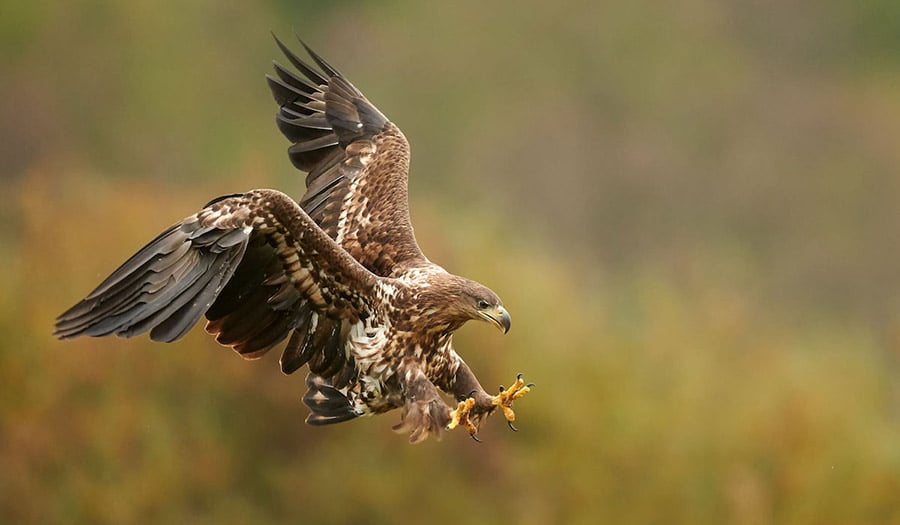Nature doesn’t know about passports, visas or borders. Thanks to this, in Costa Rica we are lucky to witness the visit of more than three million of birds each year, when they cross our national territory in search of warmer climates before winter’s arrival, making of it the perfect destination for bird watching.
On their way to the south of the continent, especially birds of prey can be observed more easily crossing the Costa Rican skies. In fact, the volume of air traffic of these species makes Costa Rica the second largest migratory passage of birds of prey on the planet.
From August to December they can be observed mainly in the Caribbean area, in what is known as winter migration. Meanwhile, in March and April spring migration occurs, when the birds return through the Pacific, as if they were indeed flying on a two-way highway.
If we stick to the human roads’ analogy, then the birds’ rush hours would be between 7:30 a.m. and 1 p.m. Around these hours, hot air columns begin to take shape, which are known as “thermals”. This atmospheric phenomenon allows birds to gain more height when they fly and make easier for them to move around. Thus, they take advantage of these and other air currents, so they can glide instead of moving their wings. This allows them to save up to 50% of energy.
Around 17 different species of birds of prey cross our national sky, which add to the 58 species that have their official residence in Costa Rica. Among these visiting species it is possible to observe sparrowhawks, hawks, turkey vultures and ospreys. Their passports, if they had them, would be from Canada and the United States.
The reason why they migrate is due to a survival strategy. In North America, birds find multiple feeding opportunities, especially to raise their babies. However, when winter approaches, they decide to take advantage of better weather conditions in the tropics. Some of them even migrate as far as Patagonia, in Argentina. After a few months, they return to the north of the American continent to their breeding grounds.
As fuel for such a long journey, birds of prey accumulate large amounts of fat, because during migration they don’t eat at all. They just stop to rest sometimes, but they do not nest or look for any food.
That is why these birds of prey become Costa Rican only for a few days. Fascinating, right? Remember that you can observe them also in Hotel Punta Leona, along with many other species that will surprise you.

